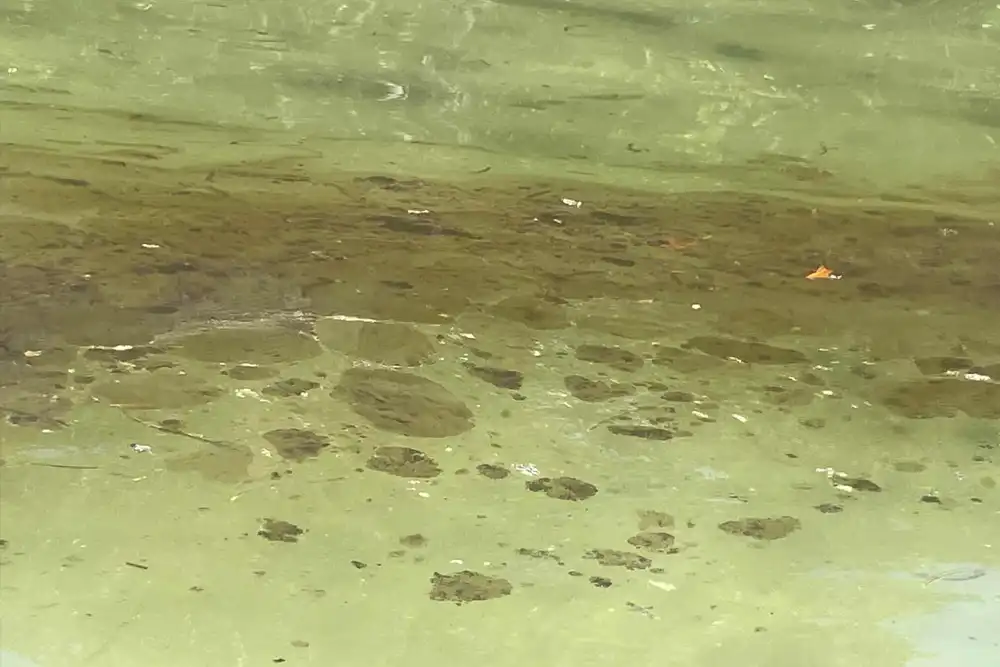By Mark ‘Crowley’ Russell
Governor Alexander R Narruhn of the State of Chuuk has declared a State of Emergency after oil was seen leaking out of the wreck of Rio de Janeiro Maru in Chuuk Lagoon.
The oil spill, which has since formed a sizeable slick, was first spotted by divers on the liveaboard Odyssey on 11 September, while moored off the island of Uman.
In the last week, the oil slick has spread with the islands of Panitiw, Nukanap and Sopota affected. Photographs posted on the Office of the Governor of Chuuk’s Facebook page show the oil has reached shore.
Chuuk (also called Truk) Lagoon was the Imperial Japanese Navy’s main Pacific base during the Second World War.
At least 40 ships, and hundreds of aircraft, were sunk there in 1944 during Operation Hailstone, part of the US Navy’s campaign to clear the South Pacific of Axis Forces.
As a result, Chuuk is popular with scuba divers as one of the best places in the world for wreck diving, but the ships have deteriorated significantly over the last 81 years.
There are believed to be a total of 63 vessels in the lagoon, some of which are at risk of leaking oil into the water, a ticking environmental time bomb for the island nation.

Governor Narruhn has called on both Japan and the US to help clear the oil, which he says is threatening the future food security of the island nation.
‘It’s been about 80 years since these ships sank in Chuuk Lagoon after Second World War battles between the United States and Japan,’ said a government spokesperson.
‘Oil spills from these wrecked ships is threatening our food security in the future. There is a company from Japan called JMAS which does oil extraction but this help is not enough.
‘We are also asking the United States government to help, and they have acknowledged our request.’

The Office of the Governor is coordinating an emergency response to the spill, warning local islanders and fishers to be wary of toxic fumes, contaminated water, fish and produce in the meantime.
Rio de Janeiro Maru was a Japanese packet ship, built in 1929 and originally used to carry Japanese immigrants to Brazil.
She was requisitioned by the Japanese Imperial Navy in October 1940 and converted into an armed transport vessel, then later refitted as a submarine tender.
She was sunk by a 1000lb bomb on 17 February 1944, the first day of Operation Hailstone, just six days after arriving in Chuuk Lagoon.
The wreck lies on its starboard side with a maximum depth of 34 metres and, at 140 metres (460ft) in length, is one of the largest ships sunk in Chuuk and one of the most popular with divers.
The post Oil is leaking from Chuuk Lagoon’s Rio de Janeiro Maru shipwreck appeared first on DIVE Magazine.







